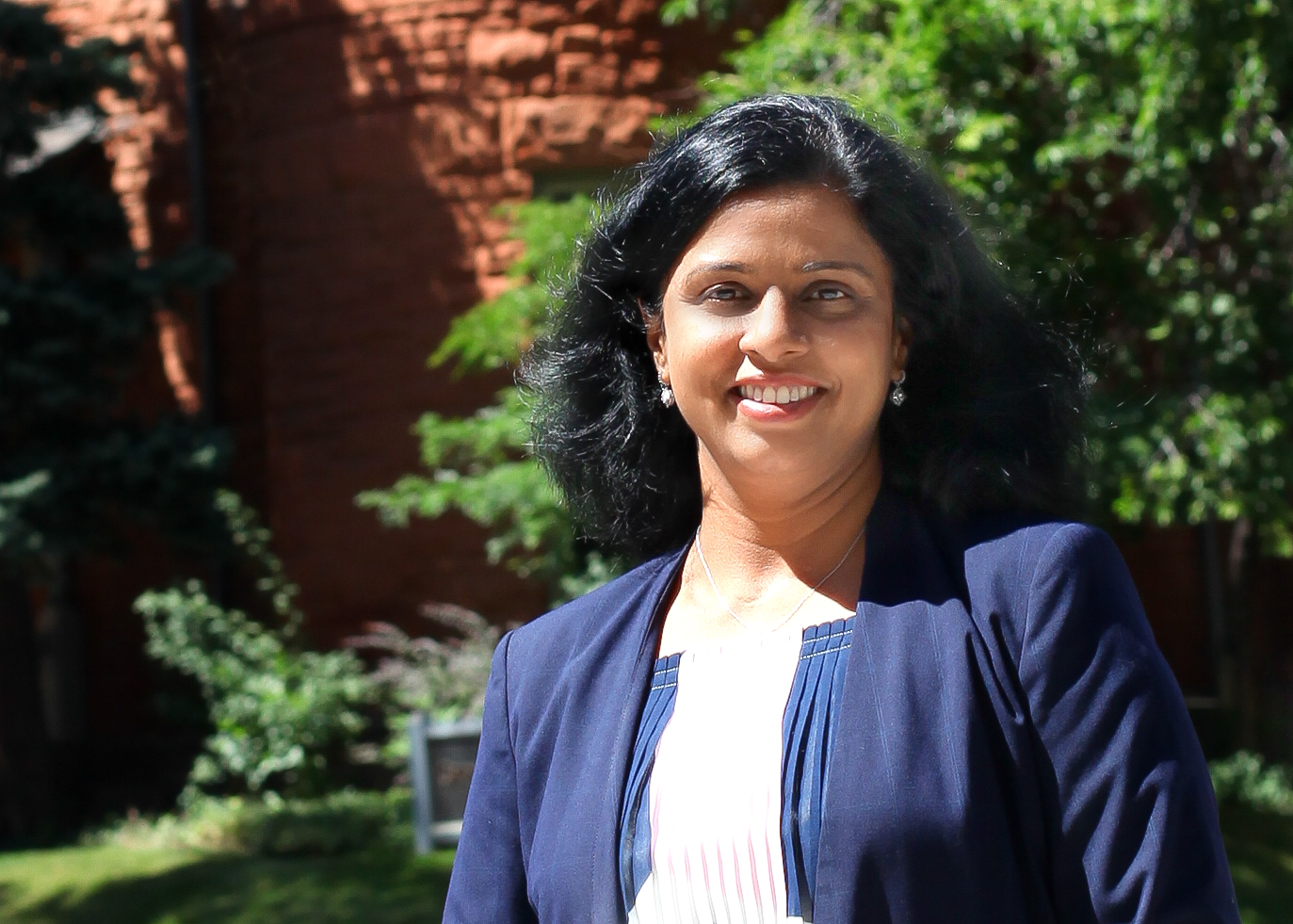CU Alert: All enterprise and business applications are available. See email for additional information.
Portal Status: Green
04 - 20251215 reCAPTCHA Self-Service Password Reset Resolved
CU Alert: All enterprise and business applications are available. See email for additional information.
Portal Status: Green
Effective July 1, 2024, Colorado House Bill 21-1110 requires public higher education institutions in Colorado to adopt policies and procedures to ensure that digital communications and information technology are accessible to individuals with disabilities.
We sat down with Sridevi Bankupalli, UIS associate director of enterprise development, who has been leading UIS’ work on greater digital accessibility.

At the same time, the Colorado Governor’s Office of Information Technology has provided some clear standards and established rules regarding those standards. It has helped highlight the work in this area and made it a mandate for everyone.
Within UIS, we integrated ccessibility into our core fundamental principles of operations. We took a broad look at all our services and applications to determine which should be the highest priority — which applications are used by students or have the most users. Some applications are only used within UIS. Others, like the employee portal, are accessed by thousands of people daily.
Once we had application categories, we worked with AUL to assess the highest priority applications, identify if any had accessibility issues, and determine whether we could fix them or if we’d need to work with vendors to address the issues.
It’s been overwhelmingly positive, just by raising awareness. Do people normally think about what font they use on a website or about color contrast? Probably not, but when they realize those factors affect whether someone can access information — whether an experience on our website is frustrating rather than helpful — then, people are very interested. I have seen an increase in people reaching out and wanting more training.
The state was realistic in acknowledging that the work couldn’t happen overnight. CU was in a good position because this was already a priority for us, but the mandate affects small government entities, smaller libraries and all government institutions that may not have the budget for assessment or the people to make changes. So, the state is looking to see what plans exist over a realistic period in a way that shows a commitment to accessibility.
It is everyone’s responsibility to foster an inclusive online environment, create content that is accessible to everyone and provide equal access to digital materials and applications. We are all in this together. CU System launched an accessibility website, and there is a form to report accessibility issues and an accessibility email because we can’t address issues we aren’t aware of.
Secondly, people should know it’s a journey. Since things online are always changing, we’ll never be able to check a box and say we’re done. Right now, the online standard is Web Content Accessibility Guidelines (WCAG) 2.1 AA, but that could change.
View the full list of Web Content Accessibility Guidelines 2.1 AA
We can make sure CU websites exceed that standard, but it is harder when it comes to products we don’t control. So, we are making it part of the procurement process to ask these questions, making sure accessibility is a key component. For existing products, we provide feedback to the vendor and work with them to increase accessibility.
Some successes are baby steps that eventually lead to leaps. PeopleSoft is a large enterprise system that touches everything from admissions to financial aid and student services. We have a strong relationship with the vendor, Oracle, and several CU representatives are in Oracle user groups and able to provide direct product feedback.
We shared an issue in our employee portal — someone using a screen reader would have to scroll to the bottom of a webpage to turn on that function, and they had to do this every time. So, a year ago, UIS made a customized Screen Reader icon in the top navigation bar to turn on and once selected, that mode would remain enabled until a user wanted to turn it off.
Now, in the most recent release of that product, the vendor has adopted those same enhancements. CU may not have been the only university asking for those changes, but we celebrate each improvement. Accessibility is not just a goal — it's a journey that demands patience, clear communication, and steadfast advocacy. It’s up to CU to lead the way and inspire change.
We aim to address reported accessibility issues within three to five days. Each campus and CU System has its own ticketing forms and websites to report issues. Scott Munson (System CIO and associate vice president for UIS) is leading a digital accessibility governance committee for CU System, and we bring together all the campus digital accessibility committees, so we are addressing issues holistically.
Ultimately, accessibility is a core principle for UIS, right along with security, performance and scalability. As we migrate systems, such as the new Skillsoft learning management and upcoming Time and Labor systems, accessibility remains a top priority to ensure everything we offer is accessible to everyone who needs it.
1800 Grant Street, Suite 300 | Denver, CO 80203 | Campus Mail 050 SYS
CU Help Line: 303-860-HELP (4357), E-mail: help@cu.edu | Fax: 303-860-4301
Add new comment